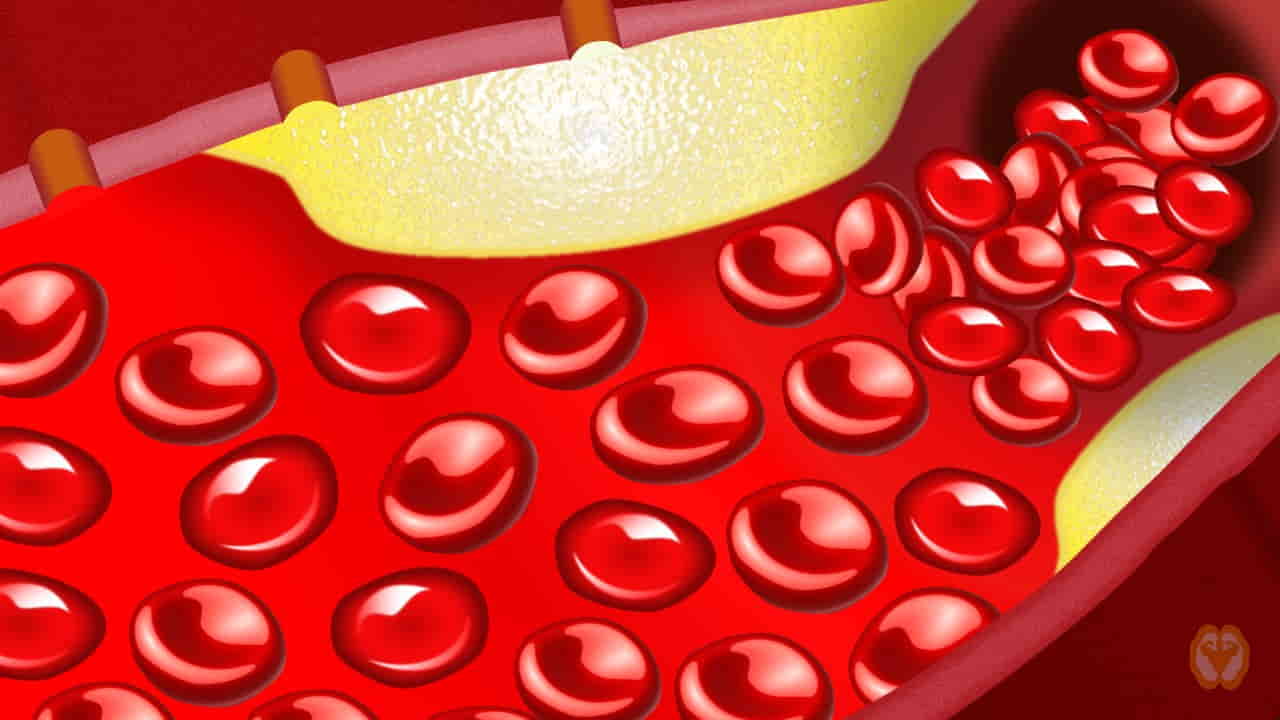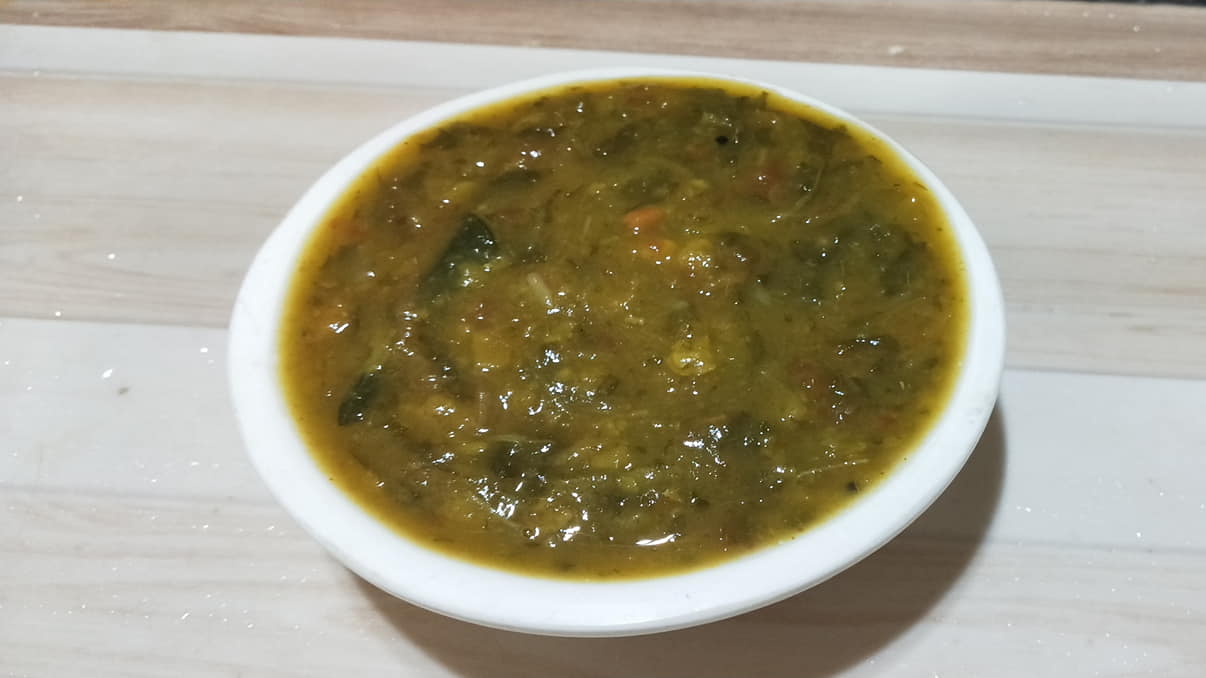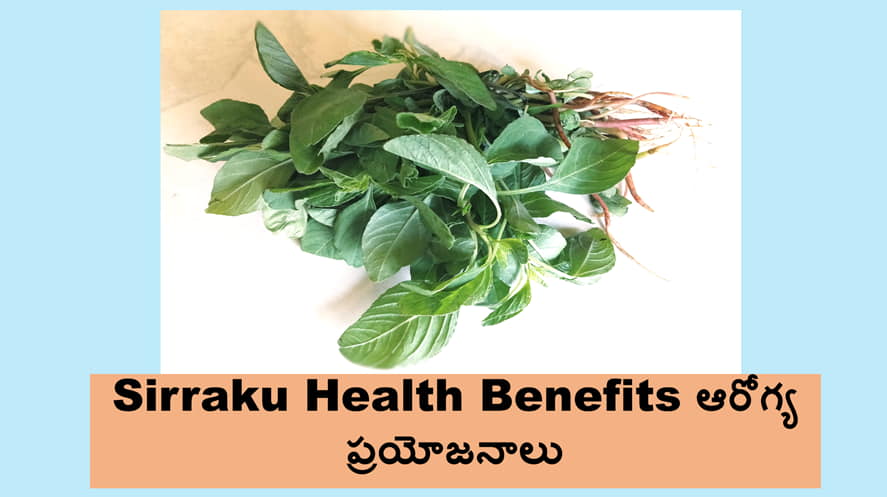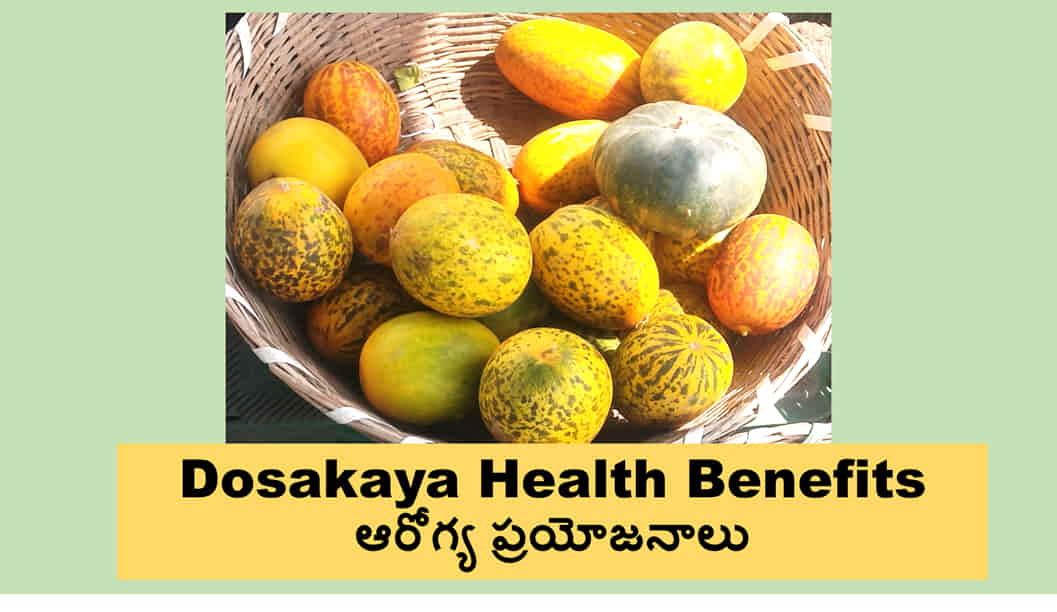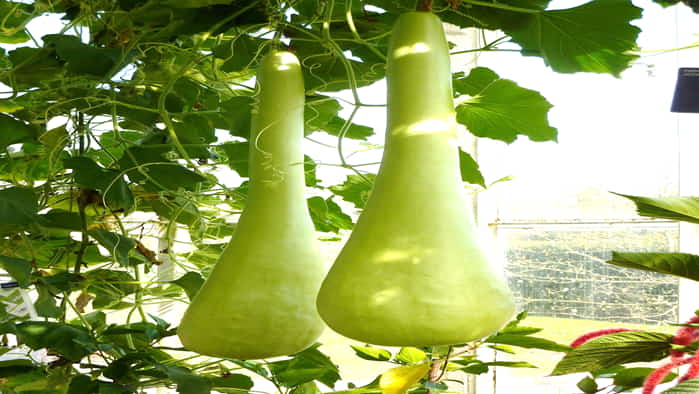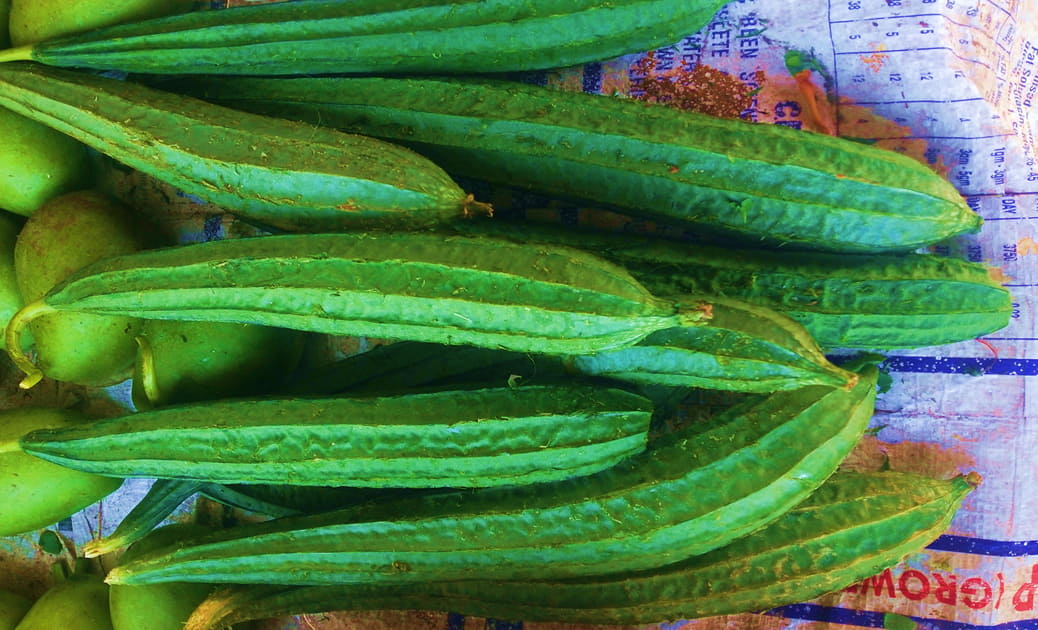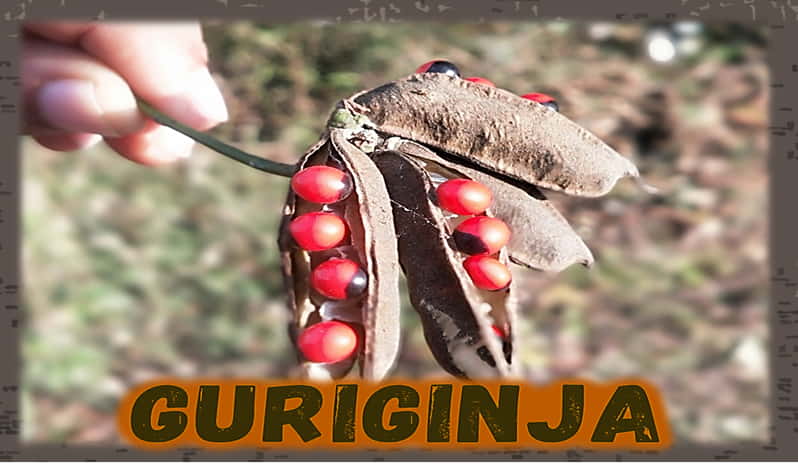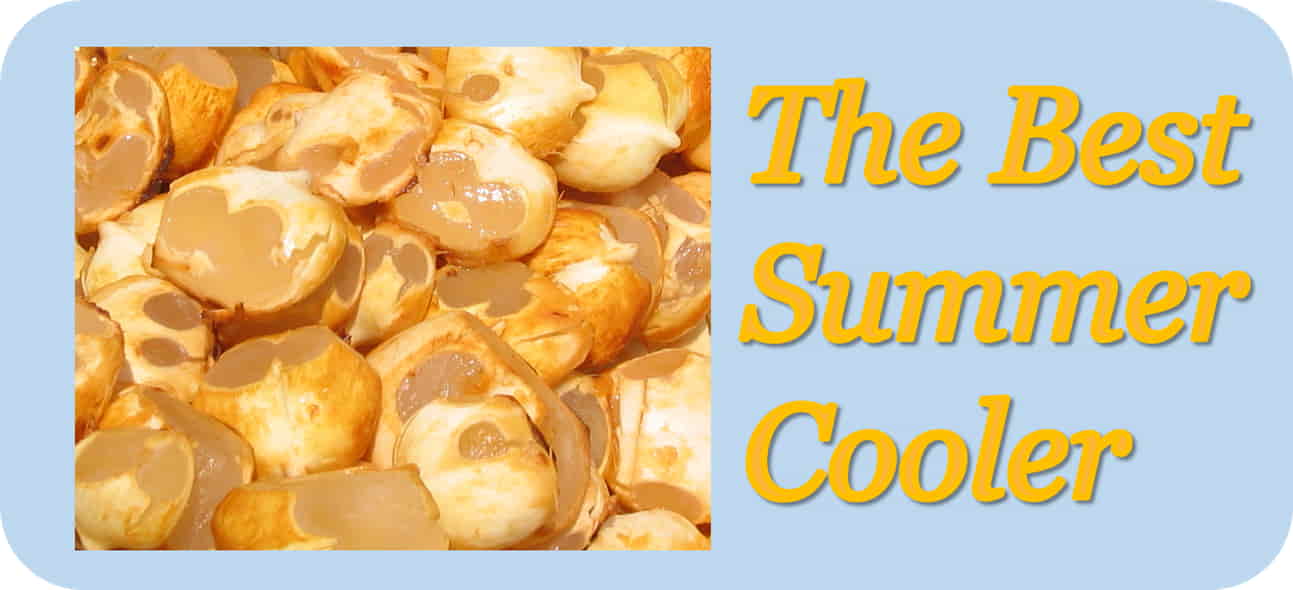Are you trying to figure out what we call jackfruit in Spanish? Excellent! Here, we have published the most comprehensive and up-to-date information that answers this question on this page, complete with relevant examples and sentences. We have also described some facts and benefits of jackfruit that are scientifically proven.
The pigments that give jackfruit its yellow color, called carotenoids, are rich in vitamin A. Carotenoids assist your body’s proper functioning and, like all antioxidants, they protect cells from harm. They might aid in the prevention of health conditions like cancer, cataracts, heart disease, hypothyroidism, and macular degeneration in the eyes.
Jackfruit in Spanish, Puerto Rico
- Jackfruit = yaca
- Jackfruit tree = Árbol de yaca
- Jackfruit leaf = hoja de jaca
- Jackfruit fruit = fruta de jaca
- The jackfruit tree = el árbol de jaca
- This scientific name is Artocarpus heterophyllus
- “Marang” looks similar to jackfruit
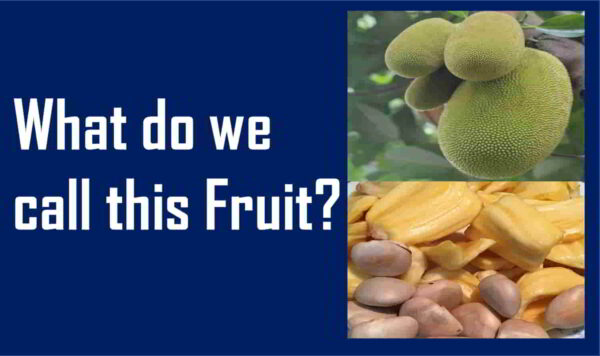
Benefits of the Jackfruit in Spanish
| English | Spanish |
| Jackfruit helps with digestion. | Jackfruit ayuda con la digestión. |
| This fruit restores energy as it is rich in calories and carbohydrates | Esta fruta restaura la energía ya que es rica en calorías y carbohidratos. |
| By consuming jackfruit, one can ensure improved cardiovascular health and blood pressure control. | Al consumir jaca, uno puede asegurar una mejor salud cardiovascular y control de la presión arterial. |
| Jackfruit improves immunity. | Jackfruit mejora la inmunidad. |
| Jackfruit paste treats skin diseases. | La pasta de yaca trata enfermedades de la piel. |
| It improves thyroid gland functionality in humans. | Mejora la funcionalidad de la glándula tiroides en humanos. |
| This fruit helps manage or prevent asthma | Esta fruta ayuda a controlar o prevenir el asma. |
| It raises both blood quality and quantity. | Aumenta tanto la calidad como la cantidad de sangre. |
| Jackfruit stops aging | Jackfruit detiene el envejecimiento |
| This fruit pulp’s consumption improves vision. | El consumo de esta pulpa de fruta mejora la visión. |
| It makes bones stronger and healthier. | Hace que los huesos sean más fuertes y saludables. |
| It reduces inflammation in the human body. | Reduce la inflamación en el cuerpo humano. |
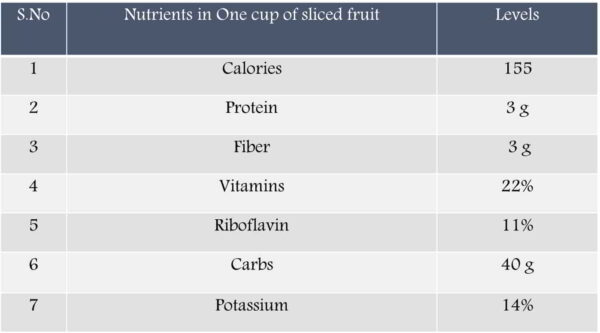
Facts of the Jackfruit tree
- The jackfruit plant can rarely be grown in regions with lower temperatures because it requires a humid and hot climate to thrive.
- Jackfruit trees produce edible and medicinal fruit and seeds.
- Fascinatingly, jackfruit is abundant in both soluble and insoluble fibers.
- The soluble fiber in jackfruit is quickly converted by the body into energy, and the insoluble fiber gives your stool more bulk, which facilitates easier bowel movements.
- Jackfruit appears to be fleshy on the inside and thorny on the outside.
- 150 seeds or more may be found inside the flesh of a single jackfruit.
- People adore the fruits of the jackfruit tree because they are sweet and have a delightful aroma.
- Jackfruits in their various stages of tenderness are used to make a variety of products, including pickles, chips, vegetables, and other products with added value.
- Jackfruit restores your energy levels because it contains a healthy amount of minerals and carbohydrates in addition to 90 kcal of energy per 100 grams.
- The high vitamin C and antioxidant content of jackfruit can aid your body’s ability to fight disease.
- Numerous proteins, carbohydrates, vitamins (especially, Vitamin A, Vitamin C, thiamin, and riboflavin), minerals, and unusual plant metabolites can also be found in jackfruit.
- In addition, jackfruit contains essential metal elements such as potassium, phosphorus, iron, calcium, sodium, niacin, and zinc in adequate amounts.
- Previous studies on phytochemical analysis have shown that jackfruit also contains a variety of bioactive substances that are beneficial to human health, such as volatile acids, carotenoids, tannins, flavonoids, and lectins.
- Both diabetes and aphrodisiac effects can be obtained from jackfruit consumption.
- For the treatment of poisonous bites, some individuals apply jackfruit paste to the skin.
- Additionally, musical instruments and furniture are made from the wood of the jackfruit tree.
- Despite some authors’ claims to the contrary, the Western Ghats rain forests in southwest India are widely regarded as the jackfruit’s original habitat.
- Contrary to popular belief, eating excessive amounts of jackfruit flake does not cause digestive issues.
- Researchers found that subjects who consumed jackfruit extract had significantly lower blood sugar levels.
- The fruits, leaves, bark, and other parts of the jack tree have all been extensively used in traditional medicine because of their antibacterial, antifungal, anti-inflammatory, anticancer, wound-healing, and hypoglycemic properties.
- However, some people, particularly those who are allergic to the tiny pollen grains released when birch trees bloom, develop allergies to it.
- Although the flesh and seeds of the jackfruit are typically eaten together in curries and other cooked forms, when the flesh is fully ripe, it can also be eaten as fruit.
- According to recent studies, jackfruit pulp influences the composition of the gut microbiome and improves the production of short-chain fatty acids.
Read More
